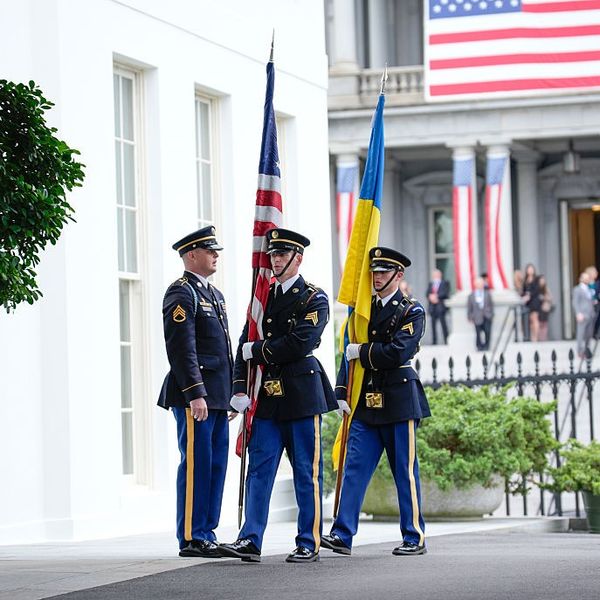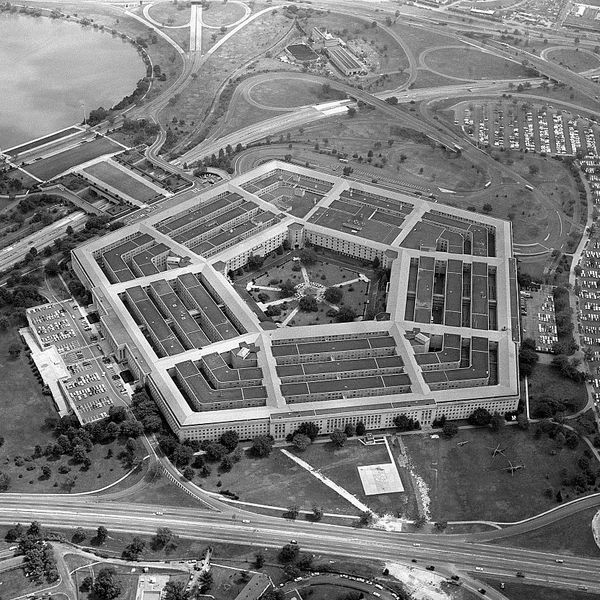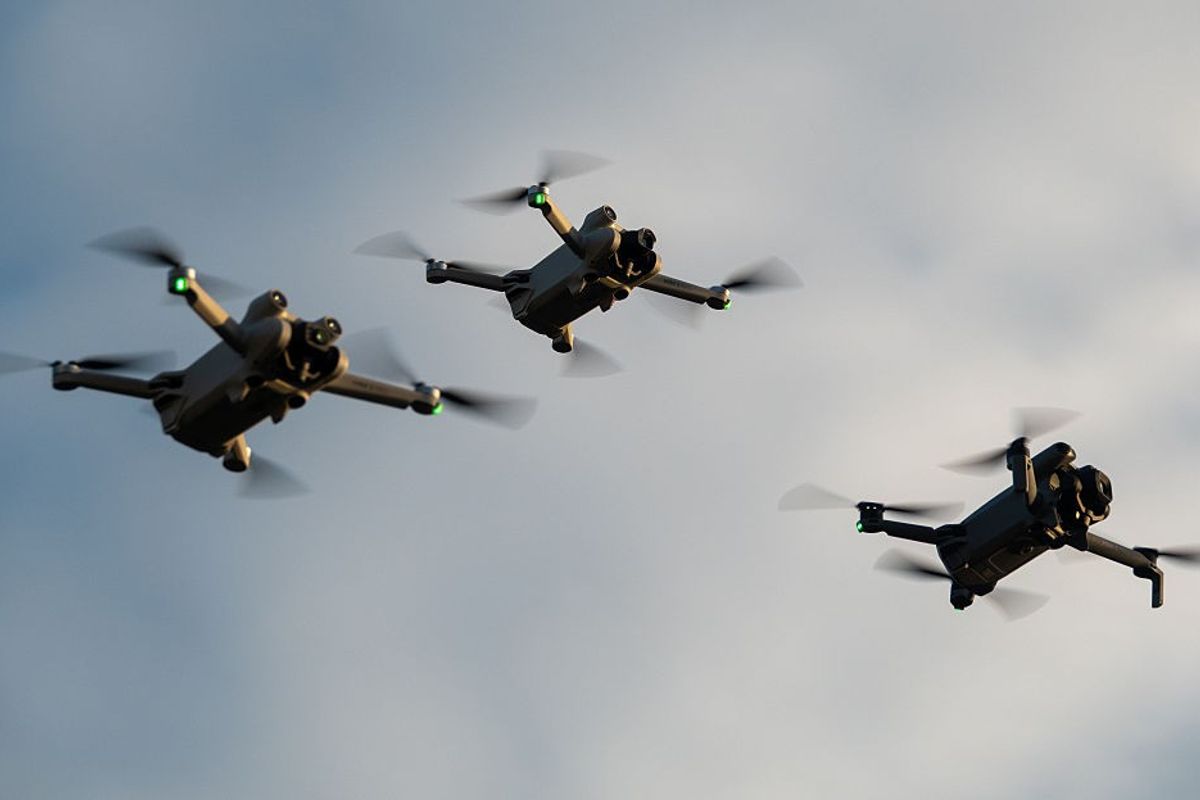EXPERT INTERVIEW — What’s going on with all the drone sightings? That’s a question on the minds of residents in several northeastern states and - in recent days - top national security officials as well. Homeland Security Secretary Alejandro Mayorkas said on Sunday that the federal government is investigating the sightings, and assured the public that there is no known threat or evidence of foreign involvement.
White House national security spokesman John Kirby said Monday that federal, state and local officials have looked at more than 5,000 reports of potential drone sightings and found “nothing that indicates a public safety risk… [or] indicates a foreign adversary actor involved or any kind of pernicious national security threat.” Later on Monday, the Department of Homeland Security, the FBI, the Federal Aviation Administration and the Department of Defense said in a joint statement that “we assess that the sightings to date include a combination of lawful commercial drones, hobbyist drones, and law enforcement drones, as well as manned fixed-wing aircraft, helicopters, and stars mistakenly reported as drones.”
Meanwhile, whatever U.S. officials say, public unease and anxiety continue, along with a range of alternative theories and suggestions — offered without evidence — that the government must be hiding something. “The government knows what is happening,” President-elect Donald Trump said at a press conference in Florida on Monday. “For some reason, they don't want to comment. And I think they'd be better off saying what it is our military knows and our president knows."
Beyond the media attention and frenzy over the sights in the night skies, some experts note that the drone mania points to a bigger problem: the lack of focus on counter-drone measures. Meaning — if there were a serious national security threat posed by drones, which authorities and strategies would be deployed to counter those threats?
Cipher Brief expert Beth Sanner, a former Deputy Director for National Intelligence at ODNI and presidential daily briefer during the first Trump administration, addressed those questions in an interview with Cipher Brief CEO Suzanne Kelly. They spoke for the latest episode of The World Deciphered.
The interview has been edited for length and clarity.
Kelly: It seems the U.S. has a real problem with drones.
Sanner: It does seem a little Keystone Cop-ish, doesn't it? It doesn't feel good.
Kelly: It also feels like, with all of the attention that's been focused on drone development and technology over the years, that this isn't something that no one would have thought about, right? I think that's the real head-scratcher for those of us out there in the private sector.
Sanner: One of the things is that everybody has been so excited about drones that they kind of forgot that actually counter drones are more important in some ways. So we're just not focused on that, and we need to be. We have a lot of technology on that, and our counter drone technology, it's just hard. It is not straightforward, the kind of technology used.
We can see a lot of adaptation in Ukraine, but that's a war zone. And what we do in a war zone is different - people are on top of rooftops, but they know that these drones coming in have lethal, devastating payloads. Here, we don't know that at all. And look, we have the most crowded airspace in these areas. We have GPS, we have people on internet. There just aren't a lot of options like we would have in a war zone, where we have an imperative.
Kelly: This doesn't necessarily have any national security implications, but I gather you're very concerned that if the U.S. doesn't get its counter-drone technology in order, we're going to have a bigger problem. Talk me through why you think there are national security ramifications to this.
Sanner: I don't think that this is what is happening in the Northeast, although there could be at some point – or maybe there are here – some foreign adversaries. There's been talk now that that's not the case.
But look, we had [drones] last December at Langley Air Force Base where the F-22s are based, sensitive fighter aircraft. And this happened for 17 days. [The drones were] flying really high, 1,500 to 4,000 feet in the air, quite large, and persistent. One general said it was like hearing a lawnmower. So they could hear these things. And they really didn't know how to deal with it. They were limited also in their authorities. They can't necessarily just shoot things down. And it's hard to shoot these down.
We've had an arrest last week in California of a Chinese national. He was arrested because he flew over Vandenberg Space Force Base during the launch of NRO satellites on a SpaceX rocket. And then we had the arrest last year of another Chinese national in Virginia. That was in July. He's serving six months out of a possible one-year sentence under the Espionage Act. We've had drone sightings over U.K. bases where U.S. equipment and people are based, over Germany in Ramstein, as well as some other sensitive places like Rheinmetall, one of the most important defense contractors. Then we had three Chinese nationals arrested in South Korea this year for taking hundreds of pictures of a U.S. aircraft carrier and our nuclear powered submarine that was visiting, as well as U.S. and South Korean facilities.
So don't tell me there's not a pattern here, right? There’s a lot of smoke and a lot of sparks, actually. There's definitely stuff going on here that does, to me, involve national security.
Kelly: This is a tough one because there isn't necessarily an easy answer, but you said, in comments that we included in the Cipher Brief’s Open Source Report, that you feel like it's time to get a commission going on this. Is that the next step, do you think?
Sanner: As long as I'm not on it! But yes, I do. Now there's new legislation. I just spent the last half hour reading this legislation – there's a bill before Congress that's a counter-UAS (unmanned aircraft systems) bill that takes care of some of this. But I have to say that reading this, Suzanne, you're going to have to coordinate between the FAA and the attorney general, and they have to make sure that there's not a threat to airspace or to communications – and you think, My gosh, what would we do in an emergency?
This is what happens with cyber as well. In our system today in America, we are not designed in terms of authorities and regulations for adversaries coming into our domestic space. And that's what we need to work on, just like we did with NCTC many years ago, what we've done with the Cyberspace Solarium Commission.
The Cipher Brief is committed to publishing a range of perspectives on national security issues submitted by deeply experienced national security professionals. Opinions expressed are those of the author and do not represent the views or opinions of The Cipher Brief.
Have a perspective to share based on your experience in the national security field? Send it to Editor@thecipherbrief.com for publication consideration.
Read more expert-driven national security insights, perspective and analysis in The Cipher Brief













